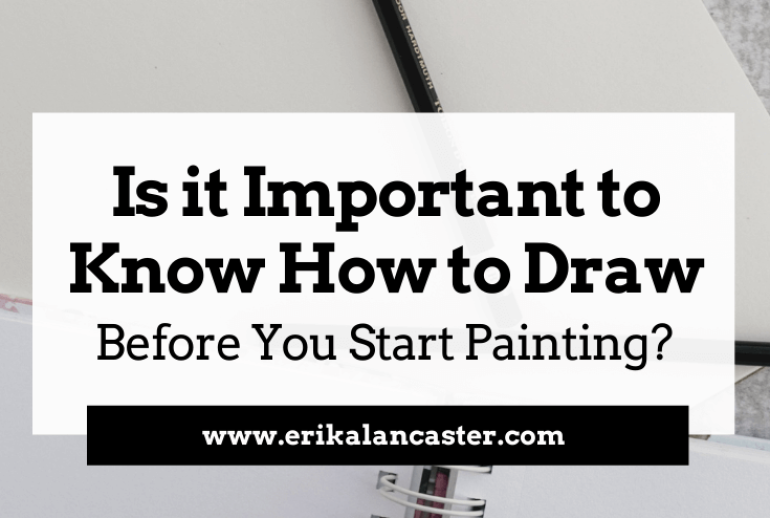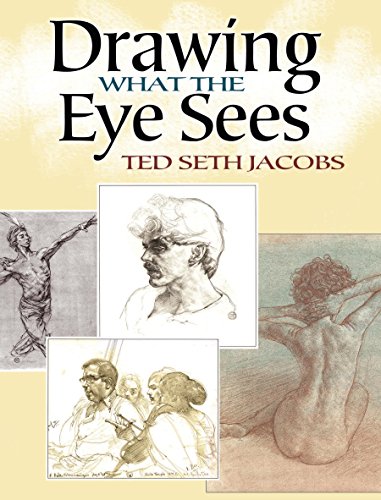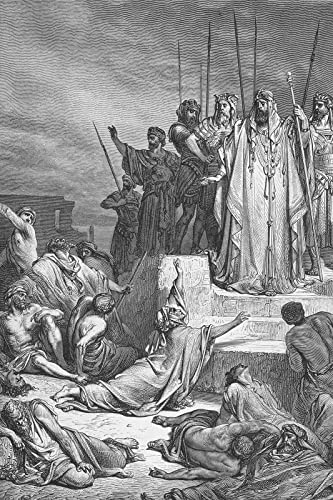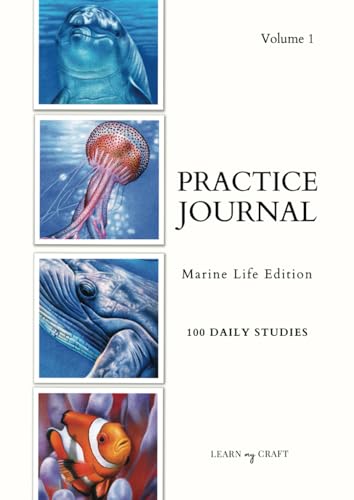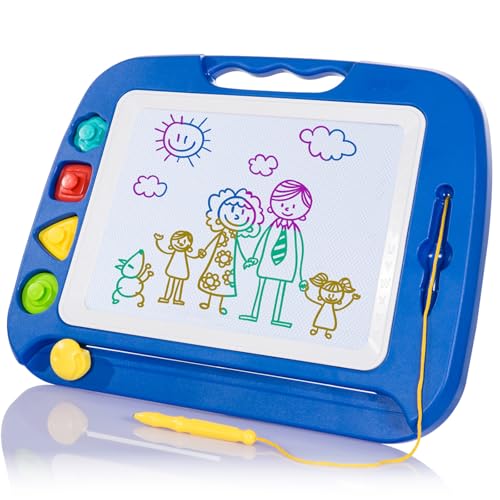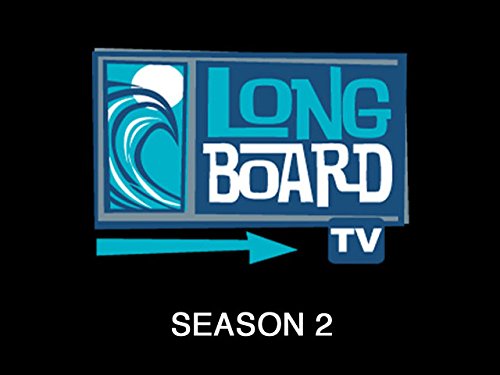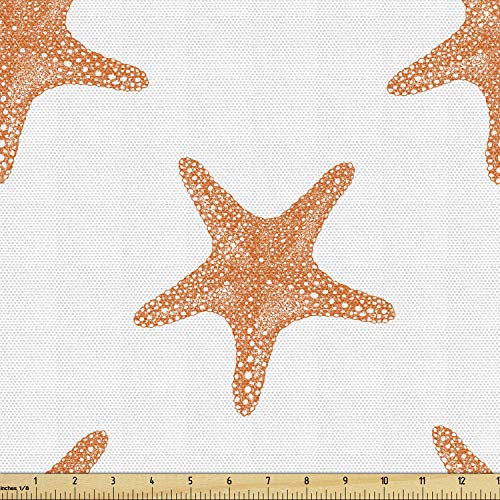Absolutely not. You don’t need to know how to draw before painting.
Many artists start painting without any drawing skills. Drawing and painting are different skills. Drawing focuses on lines and shapes, while painting deals with colors and textures. Some artists feel more comfortable starting with drawing, but it’s not a rule.
You can dive right into painting if that feels right for you. In this blog post, we’ll explore why drawing skills might help, but also how you can paint without them. Whether you draw or not, you can create beautiful art. Let’s look at how to get started with painting, no drawing experience needed.
Artistic Foundations
Understanding the basics is key in any art form. This holds true for painting and drawing. Drawing skills can serve as a strong foundation for your painting journey. But is it necessary to master drawing before picking up a paintbrush? Let’s explore the importance of drawing skills and their historical perspectives.
Importance Of Drawing Skills
Drawing helps you develop hand-eye coordination. This is crucial in painting as well. With strong drawing skills, you can better control your brushstrokes. This leads to more precise paintings.
Sketching is often the first step in creating a painting. It helps you plan the composition. This makes the painting process smoother. You can focus more on color and texture without worrying about proportions.
Drawing can improve your observational skills. You learn to see details and nuances. These skills are valuable in painting too. They help you create more realistic and detailed artwork.
Historical Perspectives
Throughout history, many famous painters started as sketch artists. Leonardo da Vinci is a prime example. His notebooks are filled with detailed sketches. These sketches helped him plan his masterpieces.
In the Renaissance era, artists underwent rigorous drawing training. Michelangelo and Raphael also started with drawing. They used their skills to create stunning paintings and sculptures.
Even in more modern times, drawing remains important. Pablo Picasso often sketched before painting. His sketches were the blueprint for his famous works.
| Artist | Period | Notable Works |
|---|---|---|
| Leonardo da Vinci | Renaissance | Mona Lisa, The Last Supper |
| Michelangelo | Renaissance | Sistine Chapel, David |
| Pablo Picasso | Modern | Guernica, The Weeping Woman |
In summary, drawing provides a strong base for painting. It develops essential skills. These skills enhance your painting abilities. Though not mandatory, learning to draw can make your painting journey more rewarding.

Credit: www.trekell.com
Drawing Vs. Painting
Many aspiring artists wonder if they need to know how to draw before painting. While both skills are related, they have key differences. Understanding these differences can help you decide where to focus your efforts.
Key Differences
Drawing and painting are two distinct forms of art. Drawing involves creating images using lines. You often use pencils, charcoal, or ink. Painting, on the other hand, involves applying color to a surface. You use tools like brushes and sponges.
Here’s a simple table to illustrate:
| Aspect | Drawing | Painting |
|---|---|---|
| Tools | Pencils, charcoal, ink | Brushes, sponges, palette knives |
| Medium | Paper | Canvas, wood, paper |
| Focus | Lines, shading | Colors, textures |
Complementary Skills
Knowing how to draw can enhance your painting skills. Drawing helps you understand shapes, proportions, and perspectives. These are vital in creating realistic paintings.
- Drawing builds observation skills.
- It improves hand-eye coordination.
- It helps in planning compositions.
Painting, in turn, can improve your drawing skills. It teaches you about color theory and mixing. These concepts can add depth to your drawings. Combining both skills can make you a more versatile artist.
Benefits Of Drawing For Painters
Drawing can be a valuable skill for painters. It helps build a strong foundation and can enhance various aspects of painting. By incorporating drawing into your practice, you can see significant improvements in your artwork. Let’s explore the key benefits of drawing for painters.
Enhanced Precision
Drawing helps improve your hand-eye coordination. This leads to greater control over your brush strokes. You can create more detailed and accurate paintings. It also allows you to capture finer details. This precision can make a big difference in your artwork.
Improved Composition
Drawing teaches you about composition. You learn to arrange elements on the canvas. Good composition is crucial for creating balanced and engaging paintings. By practicing drawing, you become better at placing objects and creating a pleasing layout.
Learning To Draw
Learning to draw can greatly enhance your painting skills. Drawing helps you understand shapes, proportions, and perspectives. These skills make your paintings more realistic and detailed. Even if you are a beginner, basic drawing techniques can be very helpful. Let’s explore some fundamental aspects of learning to draw.
Basic Techniques
Start with simple shapes like circles, squares, and triangles. These shapes form the basis of most objects. Practice drawing these shapes in different sizes and positions. Focus on getting the proportions right. Use light, short strokes to sketch the outlines. This makes it easier to correct mistakes.
Learn to observe carefully. Notice the details in everyday objects. Pay attention to how light and shadows affect their appearance. Practice shading to give your drawings depth and dimension. Use different pencil grades for varying darkness. This helps create a more realistic effect.
Practice Tips
Practice regularly. Set aside time each day for drawing. Start with quick sketches. Gradually, move to more detailed drawings. Keep a sketchbook to track your progress. Don’t be afraid to make mistakes. They are part of the learning process.
Draw from real life. This helps improve your observation skills. Try drawing objects from different angles. Experiment with drawing different textures. Practice drawing people and animals. Focus on capturing their movements and expressions.
Take drawing classes or watch tutorials. Learn from experienced artists. Get feedback on your work. This helps you improve faster. Join a community of artists. Share your work and learn from others.
Alternative Approaches
Not everyone needs to know how to draw before painting. Some artists use alternative approaches that don’t rely on traditional drawing skills. These methods can be just as expressive and satisfying.
Abstract Painting
Abstract painting allows artists to express emotions and ideas without needing precise drawing skills. Instead of focusing on accurate shapes, artists use colors, lines, and textures to create their work. This approach lets the painter’s imagination run free. The result is often a unique and personal piece of art.
Key elements of abstract painting include:
- Bold colors
- Unconventional shapes
- Textured surfaces
Abstract painting can be a good starting point for those who find traditional drawing challenging. It’s about conveying a feeling rather than a realistic scene.
Digital Art
Digital art is another way to create without needing to draw traditionally. With the help of technology, artists can use software to create stunning visuals. These tools often come with features that help with shapes, lines, and even coloring.
Benefits of digital art include:
- Easy to correct mistakes
- Wide range of tools and effects
- Ability to experiment with different styles
Digital art programs often have tutorials and guides. These can help beginners start creating art right away. This method is flexible and can produce professional results.
Both abstract painting and digital art show that traditional drawing skills are not always necessary. They offer different ways to explore creativity and express oneself through painting.
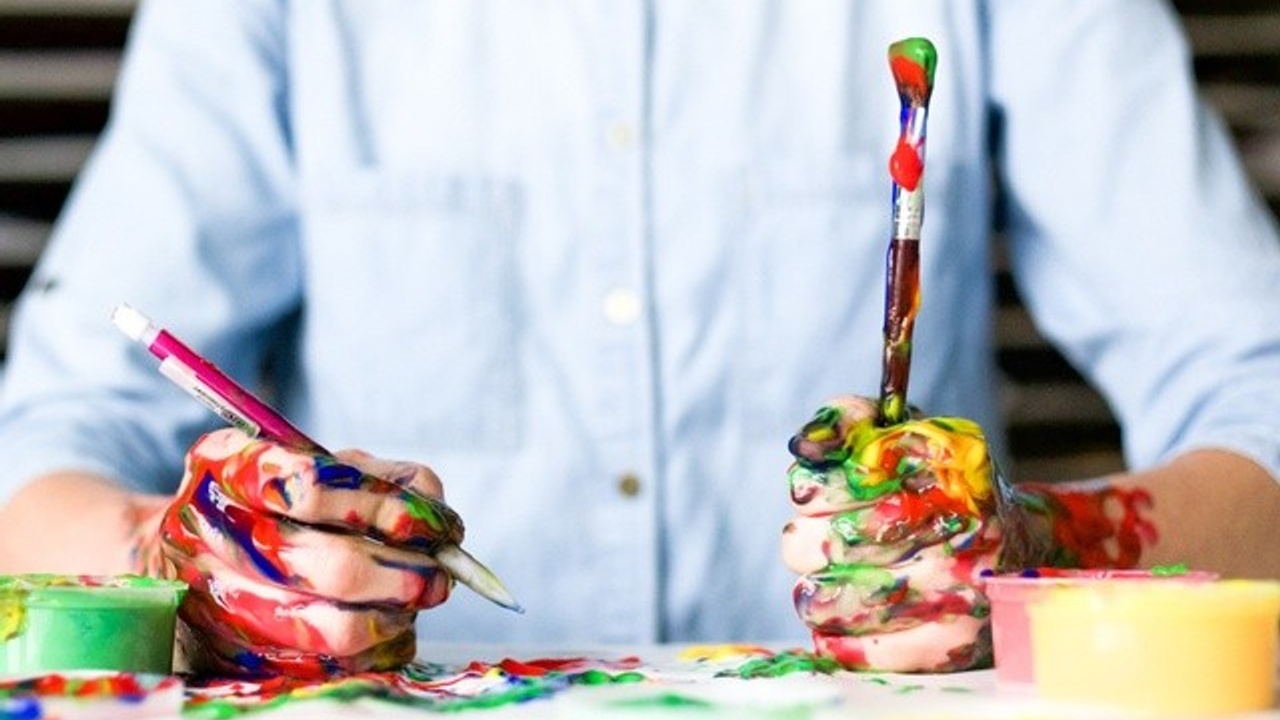
Credit: www.boldschool.com
Case Studies
Exploring whether drawing skills are necessary for painting can be insightful. Analyzing case studies of both self-taught painters and classically trained artists provides valuable perspectives. These real-life examples help to understand different approaches and outcomes in the art world.
Self-taught Painters
Many self-taught painters achieve remarkable success without formal drawing skills. They rely on their natural intuition and unique techniques. For instance, Vincent van Gogh started painting without professional training. His bold colors and emotional depth are legendary. Another example is Grandma Moses, who began painting in her late 70s. She never had formal art education but gained fame for her folk art style.
These artists prove that passion and practice can compensate for traditional training. Creativity and dedication can lead to extraordinary results.
Classically Trained Artists
Classically trained artists often start with rigorous drawing exercises. This foundation helps them understand proportions, perspectives, and anatomy. Leonardo da Vinci is a prime example. His masterpieces show his deep understanding of drawing and anatomy. His meticulous sketches and studies laid the groundwork for his paintings.
Another example is Michelangelo, known for his sculptures and Sistine Chapel ceiling. His training in drawing and sculpting helped him achieve lifelike details and dynamic compositions. Classically trained artists often have a structured approach. Their formal education provides them with technical skills that enhance their artistic expression.

Credit: www.trekell.com
Frequently Asked Questions
Is Drawing Skill Necessary For Painting?
No, it’s not mandatory. Many painters start without drawing skills. Practice improves both over time.
Can I Paint Without Knowing How To Draw?
Yes, you can. Focus on colors and shapes. Drawing skills can develop later.
Does Drawing Improve My Painting Skills?
Yes, it does. Drawing helps with detail and accuracy. Practice both for better results.
How Do I Start Painting Without Drawing?
Begin with simple shapes and colors. Use references or tutorials. Keep practicing and learning.
Conclusion
Learning to draw can enhance your painting skills. It improves your understanding of shapes and forms. Yet, you don’t need to master drawing to start painting. Many successful artists began painting without drawing experience. Practice and passion often matter more than technical skills.
Follow your creative instincts. Experiment with colors and techniques. Over time, your skills will grow naturally. So, pick up your brush and start painting today. Creativity knows no boundaries.

